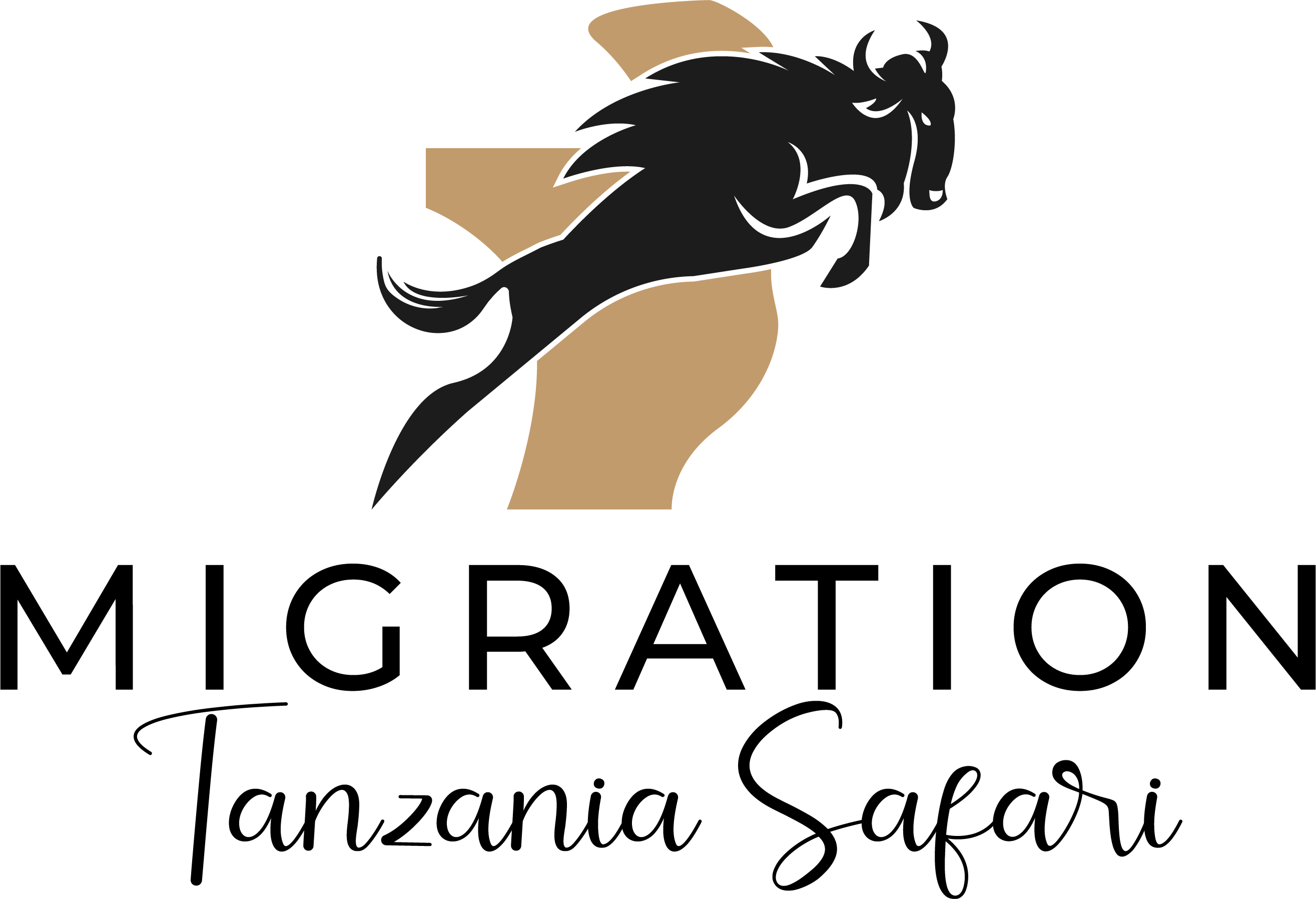
If you want a truly off the beaten path safari experience then Ruaha is the place for you. It is Tanzania’s largest National Park with over 20,000 sq km of dramatic scenery. You can expect rolling hills, open plains, the mighty Ruaha River and plenty of baobab trees.
It is without a doubt Africa’s best kept secret when it comes to wildlife. Don’t expect red carpet treatment and luxury stays in Ruaha, it isn’t that kind of safari. Instead, step into the wild side for a truly adventuours experience.
In Ruaha you will find large prides of lions, as well as packs of the endagered wild dog. It is also home to a number of unusual antelope breeds such as the greater kudu, roan and sable antelope. Ruaha also attracks large herds of elephants.
If you want an exclusive uncrowded experience, then make sure to visit Ruaha.
Selous (pronounced Selooo) is the largest game reserve in Africa, yet is often overlooked by tourists offering yet another extraordinary experience without the crowds.
The 45,000 sq km game reserve is home to the largest buffalo and lion populations as well as numerous leopards and thriving packs of wild dogs. Wildebeest, zebra, giraffes, elephants, impala, hartebeest, greater kudu and eland are all common.
The Ruftji meanders through the plains branching out into a labyrinth of streams, channels and lakes. It is not uncommon to see large heard of giraffes quenching their thirst at one of the lakes during the hot afternoons, or herds of elephants crossing the channels in search of lush pastures.
Selous is the best place to enjoy a clam boat safari from which you will be able to admire yellow-billed storks and white crowned plovers cleaning the teeth of crocodiles.


Mikumi National Park borders the Sealous Game Reserve and is easily accessible from Dar es Salaam making it an easily accessible area for wildlife spotting for those who are short on time.
The main attraction of Mikumi National Park is the Mkata Fllodplain which attracts large herds of zebra, wildebeest buffalo and impala. Giraffes will often be spotted grazing on the Acaccia tree leaves, whilst elephants can be seen from afar.
There are families of warthog, as well as troops of yellow baboon and vervet monkeys. Lions and spotted hyenas are also common.
The Mkata Floodplain is quite possibly the most reliable place in Tanzania to spot eland.
Selous (pronounced Selooo) is the largest game reserve in Africa, yet is often overlooked by tourists offering yet another extraordinary experience without the crowds.
The 45,000 sq km game reserve is home to the largest buffalo and lion populations as well as numerous leopards and thriving packs of wild dogs. Wildebeest, zebra, giraffes, elephants, impala, hartebeest, greater kudu and eland are all common.
The Ruftji meanders through the plains branching out into a labyrinth of streams, channels and lakes. It is not uncommon to see large heard of giraffes quenching their thirst at one of the lakes during the hot afternoons, or herds of elephants crossing the channels in search of lush pastures.
Selous is the best place to enjoy a clam boat safari from which you will be able to admire yellow-billed storks and white crowned plovers cleaning the teeth of crocodiles.


Nyerere is not only the newest but also the largest National Park in Tanzania. Covering an aread of over 30,000 sq km, Nyerere is actually one of the worlds largest wildlife sanctuaries.
It was formed in 2019 and encompasses the Selous Game Reserve as well as Matamwe, Morogoro, Lindi, Mtwara and Ruvuma regions. To put it into perspective, it is twice the size of Costa Rica and Belgium!
A large part of the area is completly undisturbed by human activity and a safe haven for wildlife.
Nyerere is home to lions, wildebeest, giraffes, zebras, hippos, rhinos, antelopes, hyenas, African wolves as well as a large number of crocodiles within the Ruftji river. Most notably though, the park is home to a prolific population of wild African dogs.
In the far west of Tanzania lies Katavi National Park. Etremely remote and difficult to access makes this area costly to visit, however, if you want to step off the beaten path, and enjoy true wilderness this is where to come.
During your visit to Katavi you will have this 4,500 sq km reserve to yourself for a truly unique experience.
Katavi is best visited in dry season, when the plains are filled with thousands of zebra, topi and impala. There is a resident herd of elephants as well as copious amounts of hartebeest, giraffe, waterbucks and buffalo.
One of the highlights of the park is watching predators, and in particular lions, at work. The chances of seeing lion – buffalo interactions are higher than in any other park.
In addition, during the dry season, it is not uncommon to see hundreds of hippo congrated in a small waterhole whilst large crocodiles keep cool in mud holes along the bank.

